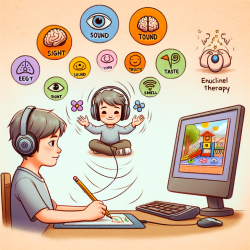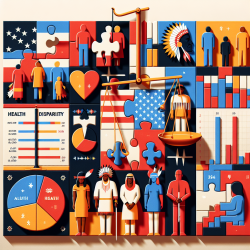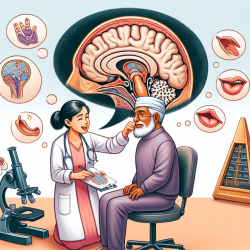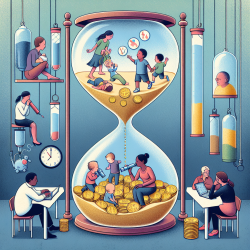Introduction
In the realm of adolescent health, understanding the multifaceted influences on obesity is crucial for developing effective interventions. A recent study titled A longitudinal analysis of the effects of socioeconomic factors, foreign media, and attitude toward appearance on general and central adiposity in Chinese adolescents sheds light on how these factors interplay to affect adolescent health outcomes. This blog will explore the key findings of the study and discuss how practitioners can apply these insights to improve their practice.
Key Findings
The study utilized data from the China Seven Cities Study, focusing on 5,020 middle and high school students. It examined the impact of foreign media exposure, attitudes toward appearance, parental education, and family income on general and central adiposity. Here are some significant findings:
- Foreign media exposure was linked to a decrease in BMI over time among girls.
- Girls who placed importance on appearance had lower odds of being overweight.
- Boys with higher parental education levels had greater odds of being overweight.
- Higher family income was negatively associated with central adiposity across all groups.
Implications for Practitioners
Practitioners working with adolescents can leverage these findings to tailor interventions that address the unique needs of different demographic groups. Here are some strategies:
- Media Literacy Programs: Implement programs that educate adolescents on the impact of media on body image and health behaviors. This can help mitigate the negative effects of foreign media exposure.
- Parental Involvement: Engage parents in educational sessions to raise awareness about the influence of their education level and income on their children's health. Encourage healthy lifestyle choices within the family.
- Targeted Interventions: Design interventions that consider the gender-specific influences on obesity, such as focusing on appearance-related pressures for girls and educational influences for boys.
Encouraging Further Research
While this study provides valuable insights, it also highlights the need for further research to explore the underlying mechanisms of these influences. Practitioners are encouraged to collaborate with researchers to investigate:
- The long-term effects of media exposure on adolescent health.
- The role of cultural factors in shaping attitudes toward appearance.
- Effective strategies for integrating socioeconomic considerations into health interventions.
Conclusion
The study underscores the complex interplay of media, socioeconomic factors, and attitudes toward appearance in influencing adolescent obesity. By applying these insights, practitioners can develop more effective, data-driven interventions to improve health outcomes for adolescents.
To read the original research paper, please follow this link: A longitudinal analysis of the effects of socioeconomic factors, foreign media, and attitude toward appearance on general and central adiposity in Chinese adolescents.










